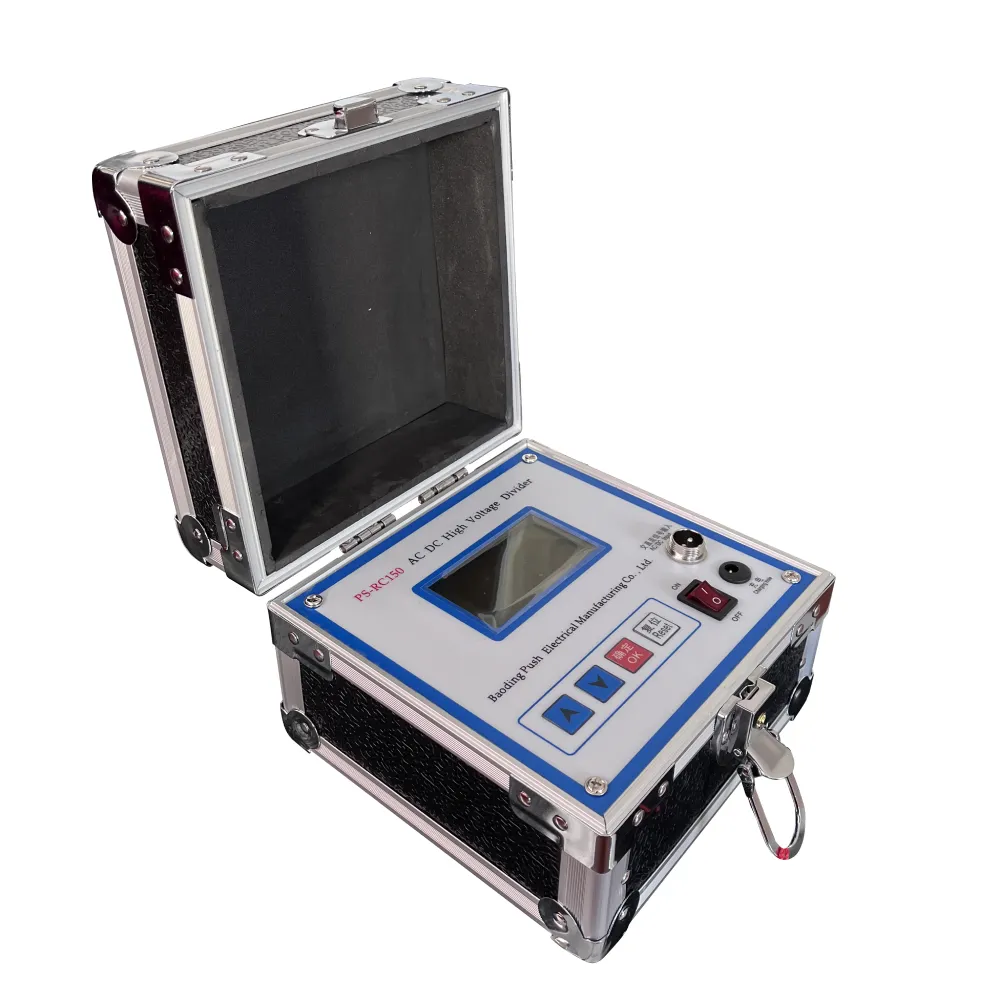 English
English


esp rectifier transformer testing
Testing of ESP Rectifier Transformers Ensuring Efficiency and Reliability
Electrical power systems are essential for modern infrastructure, and within these systems, transformers play a pivotal role. Among various types of transformers, the Electrostatic Precipitator (ESP) Rectifier Transformer is crucial for industries that need to control air pollution effectively. These transformers convert AC power into DC power to facilitate the operation of ESPs, which remove particulate matter from industrial exhaust gases. However, to ensure that these transformers function efficiently and reliably, rigorous testing is required.
Importance of Testing
Testing ESP rectifier transformers is critical for several reasons. First, these transformers operate in environments that can be harsh, involving high voltages and heavy loads. Any failure in the transformer can lead to operational downtimes, which can be costly for industries. Second, the performance of ESPs directly impacts environmental compliance. Efficient operation of rectifier transformers affects the effectiveness of pollutant removal, and thus, testing is essential to maintain regulatory standards.
Testing Methods
There are multiple testing methods employed to assess the performance and reliability of ESP rectifier transformers. Key tests include
1. Insulation Resistance Testing This is performed to measure the insulation's effectiveness between the windings and the ground. High insulation resistance values indicate good insulation integrity, while lower values may signal deterioration that could lead to transformer failure.
2. Power Factor Testing The power factor indicates the efficiency of the transformer. A low power factor may suggest a high level of losses, possibly due to insulation issues. This test helps in identifying problems before they escalate.
esp rectifier transformer testing

3. Turn Ratio Testing This test checks the ratio between the primary and secondary windings of the transformer. Incorrect turn ratios can lead to inadequate voltage outputs, affecting the performance of ESP systems.
4. Temperature Rise Testing Transformers must operate within specific temperature limits to ensure reliability. This test assesses how much heat is generated during operation and helps determine whether the cooling system is adequate.
5. Frequency Response Analysis (FRA) This advanced testing method is used to detect mechanical changes and insulation deterioration. FRA helps in identifying issues that could lead to transformer failure, ensuring longevity and high performance.
Maintenance and Continuous Monitoring
Once testing is complete, it is essential for industries to adopt a routine maintenance and monitoring schedule. Regular checks can help identify performance degradation over time, allowing for proactive measures to be taken before failures occur. Advanced monitoring technologies, such as real-time diagnostics and predictive analytics, can further enhance the reliability of ESP rectifier transformers.
Conclusion
In the quest for cleaner air and adherence to environmental regulations, the testing and maintenance of ESP rectifier transformers are of utmost importance. By employing a range of testing methodologies, industries can ensure their transformers operate at peak performance, thus supporting efficient ESP operations. As environmental standards continue to tighten, the role of testing in ensuring the reliability of these vital components will only grow more critical. Adequate testing not only safeguards the functionality of ESP systems but also contributes to broader efforts in protecting our environment from industrial pollutants.
-
Differences between open cup flash point tester and closed cup flash point testerNewsOct.31,2024
-
The Reliable Load Tap ChangerNewsOct.23,2024
-
The Essential Guide to Hipot TestersNewsOct.23,2024
-
The Digital Insulation TesterNewsOct.23,2024
-
The Best Earth Loop Impedance Tester for SaleNewsOct.23,2024
-
Tan Delta Tester--The Essential Tool for Electrical Insulation TestingNewsOct.23,2024





